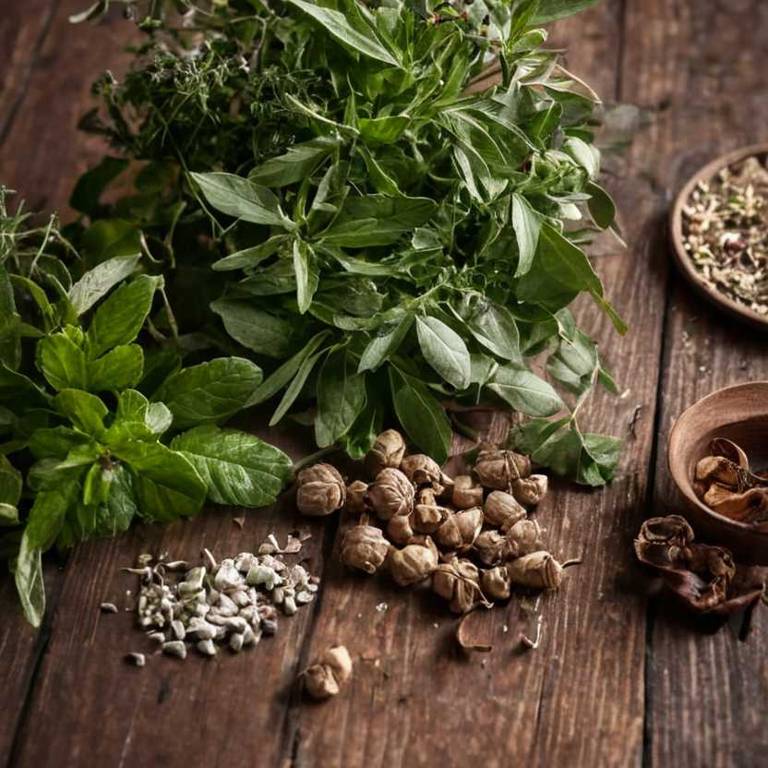Malus Domestica: What To Know Before Using It For Medicinal Purposes

Malus domestica, commonly known as the apple tree, has been widely used for its medicinal properties for centuries.
The fruit and its various parts, including the bark, leaves, and seeds, contain bioactive compounds such as flavonoids, polyphenols, and vitamin C, which contribute to its therapeutic effects. Apple extracts have been traditionally used to support digestive health, reduce inflammation, and boost the immune system. Recent studies suggest that apples may also play a role in managing conditions like diabetes and cardiovascular disease due to their antioxidant and anti-inflammatory properties.
Overall, Malus domestica remains a valuable resource in both traditional and modern medicinal practices.
Health Benefits
Malus domestica has several health benefits, such as being rich in dietary fiber, vitamins, and antioxidants that support overall health.
It is particularly high in vitamin C, which boosts the immune system and helps protect cells from damage. The fruit also contains flavonoids and polyphenols that may reduce the risk of chronic diseases like heart disease and cancer. Additionally, apples are a good source of potassium, which is important for maintaining healthy blood pressure levels.
Eating apples in moderation can contribute to digestive health due to their high fiber content, promoting regular bowel movements and a healthy gut microbiome.
10 Best Health Beneift of Malus domestica
Bioactive Constituents
Malus domestica has several bioactive constituents, such as polyphenols, flavonoids, and dietary fiber, which contribute to its medicinal properties.
These compounds exhibit antioxidant, anti-inflammatory, and antimicrobial activities, making apples beneficial for a variety of health conditions. Flavonoids like quercetin and catechins are known to support cardiovascular health and reduce oxidative stress in the body. The presence of pectin, a type of soluble fiber, aids in digestion and may help lower cholesterol levels.
Overall, the combination of these bioactive constituents in Malus domestica supports its use in traditional and modern medicine for promoting overall well-being.
Medicinal Preparations
Malus domestica has several medicinal preparations, such as teas, tinctures, and extracts, that have been utilized for centuries in traditional medicine.
Apple leaves and bark are often used to make teas that are believed to aid in reducing fever and promoting respiratory health. Tinctures derived from apple parts may help support digestion and have antimicrobial properties. The fruit itself, when fermented, can be used to make apple cider vinegar, which is thought to have detoxifying and immune-boosting effects.
These preparations highlight the versatility of Malus domestica in both traditional and modern holistic health practices.
Side Effects
Malus domestica can have some side effects, such as allergic reactions in individuals sensitive to apples or related plants.
Consuming large quantities of apples may lead to digestive issues like bloating or diarrhea due to their high fiber content. Excessive intake of apple juice or cider could contribute to tooth decay because of its natural sugars and acidity. In rare cases, some people may experience symptoms of apple toxicity, though this is uncommon and typically associated with specific varieties or preparation methods.
It is important to consume apples in moderation and be mindful of any adverse reactions, especially for those with pre-existing health conditions.